The legend of the Welsh Red Dragon is one of the most enduring and captivating myths in Celtic folklore. Rooted deeply in the cultural identity of Wales, the story of Y Ddraig Goch—the Red Dragon—has been passed down through generations, symbolizing strength, resilience, and the unyielding spirit of the Welsh people. Unlike many mythical creatures that fade into obscurity, the Red Dragon remains a vibrant emblem, proudly displayed on the Welsh flag and celebrated in literature, art, and national pride.
According to ancient lore, the tale of the Red Dragon dates back to the early medieval period, intertwined with the history of King Vortigern and the prophetic boy Merlin. The story goes that Vortigern, a fifth-century warlord, attempted to build a fortress in Snowdonia. However, each night, the structure would mysteriously collapse. Desperate for answers, Vortigern consulted his advisors, who suggested sacrificing a fatherless child to appease the spirits. The chosen boy, later revealed to be Merlin, instead proposed digging beneath the fortress, where two dragons—one red, one white—were found locked in eternal combat.
The symbolism of the dragons was profound. The white dragon, representing the invading Saxons, and the red dragon, embodying the native Britons (later the Welsh), fought fiercely. In the end, the red dragon triumphed, foretelling the eventual victory of the Welsh people over their adversaries. This prophetic vision cemented the red dragon’s place as a national symbol, a beacon of hope and defiance against oppression.
The Red Dragon’s influence extends far beyond mythology. It became a rallying point during times of conflict, particularly during the struggles against English domination. Owain Glyndŵr, the last native Welshman to hold the title Prince of Wales, famously used the dragon as a symbol of resistance in the early 15th century. Even today, the dragon is a ubiquitous presence in Welsh culture, from rugby matches to political movements, embodying a fierce sense of identity and unity.
Modern interpretations of the legend often explore its psychological and cultural dimensions. Scholars argue that the Red Dragon represents not just a historical narrative but also the collective consciousness of Wales—a small nation that has fiercely maintained its language, traditions, and autonomy despite centuries of external pressure. The dragon’s fiery breath is metaphorically linked to the Welsh passion for poetry, music, and storytelling, arts that have kept their culture alive.
In contemporary Wales, the Red Dragon is more than a myth; it is a living symbol. From the flag fluttering above government buildings to the tattoos sported by proud Welshmen and women, the dragon’s image is everywhere. It serves as a reminder of a turbulent past, a marker of present-day pride, and a promise of future resilience. The legend endures because it is not just a story—it is the soul of Wales itself.

By Thomas Roberts/Apr 28, 2025
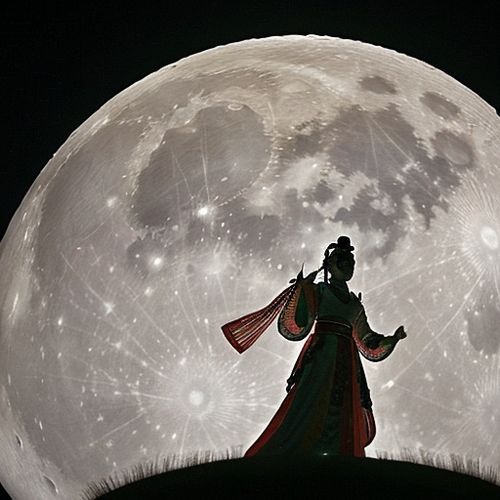
By Samuel Cooper/Apr 28, 2025
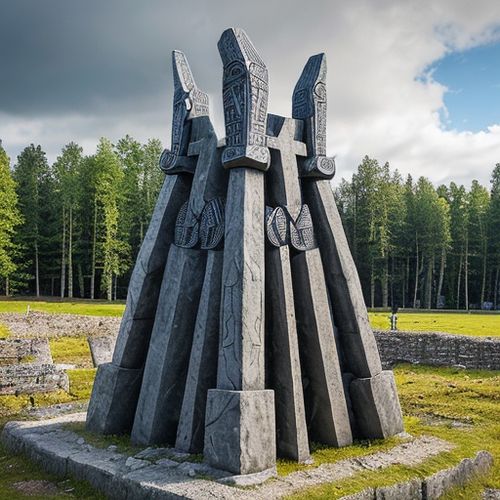
By Michael Brown/Apr 28, 2025
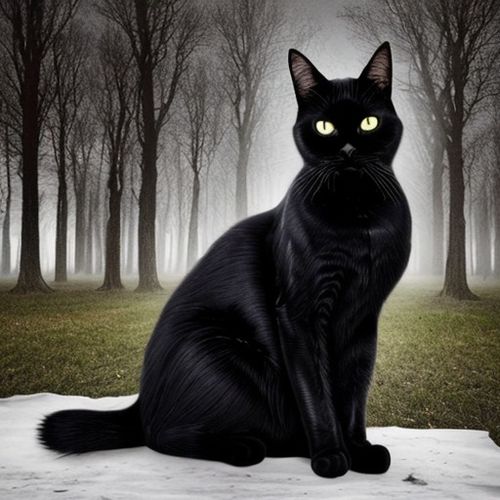
By Emily Johnson/Apr 28, 2025
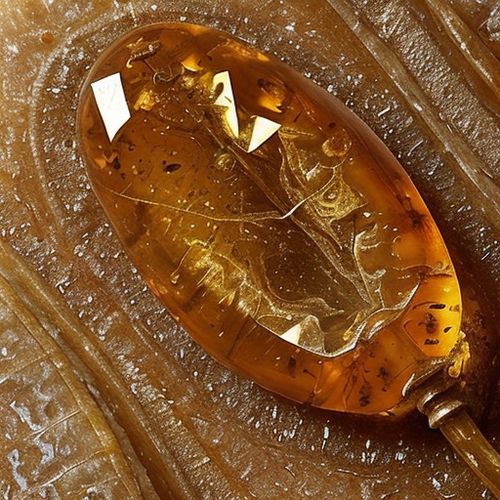
By Daniel Scott/Apr 28, 2025

By George Bailey/Apr 28, 2025
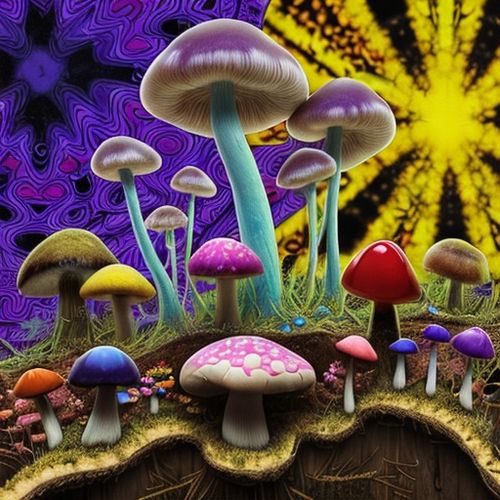
By Victoria Gonzalez/Apr 28, 2025
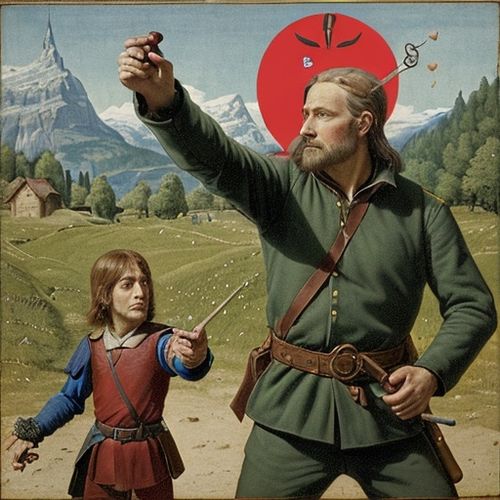
By David Anderson/Apr 28, 2025
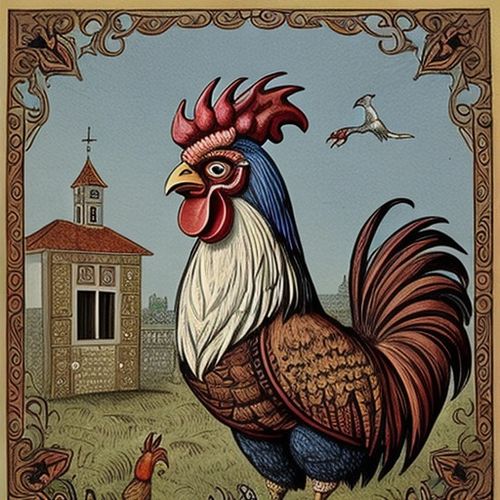
By Lily Simpson/Apr 28, 2025
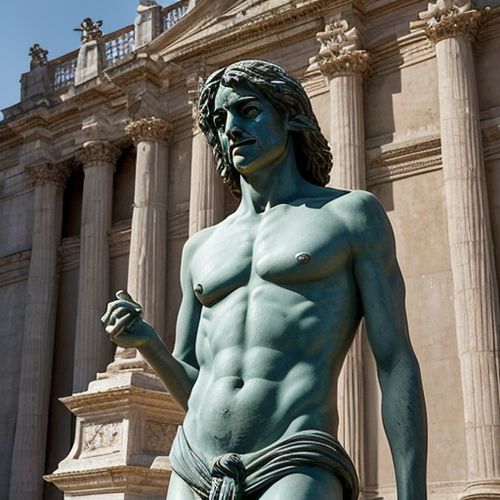
By Laura Wilson/Apr 28, 2025

By Benjamin Evans/Apr 28, 2025
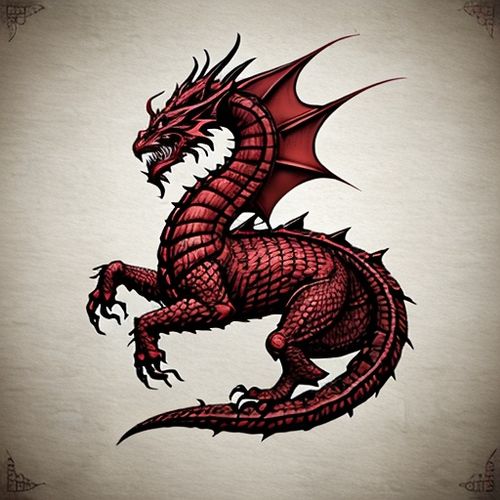
By Grace Cox/Apr 28, 2025

By Ryan Martin/Apr 28, 2025

By Daniel Scott/Apr 28, 2025
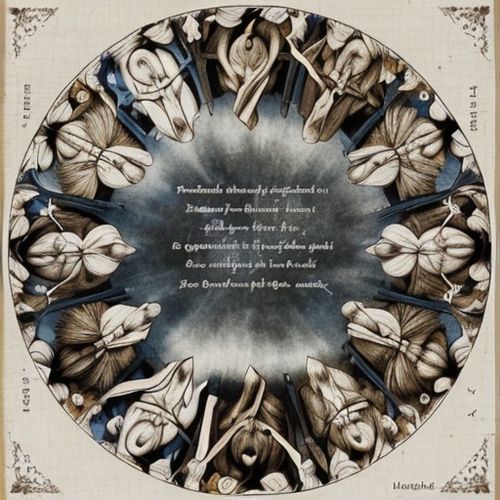
By Elizabeth Taylor/Apr 28, 2025
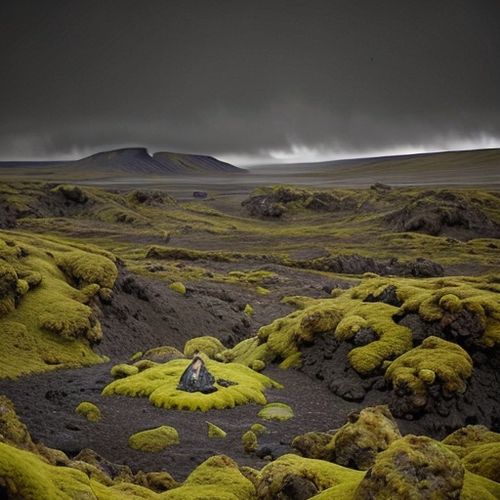
By Joshua Howard/Apr 28, 2025
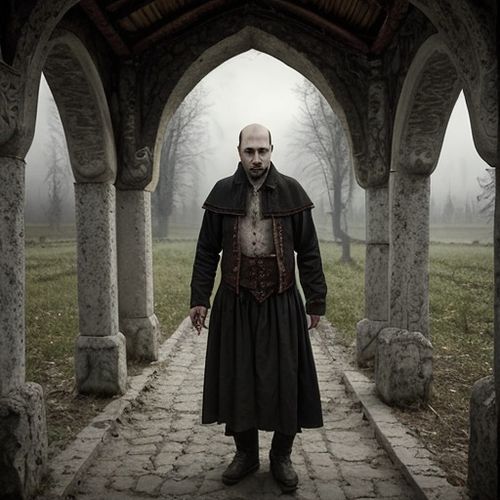
By Emily Johnson/Apr 28, 2025